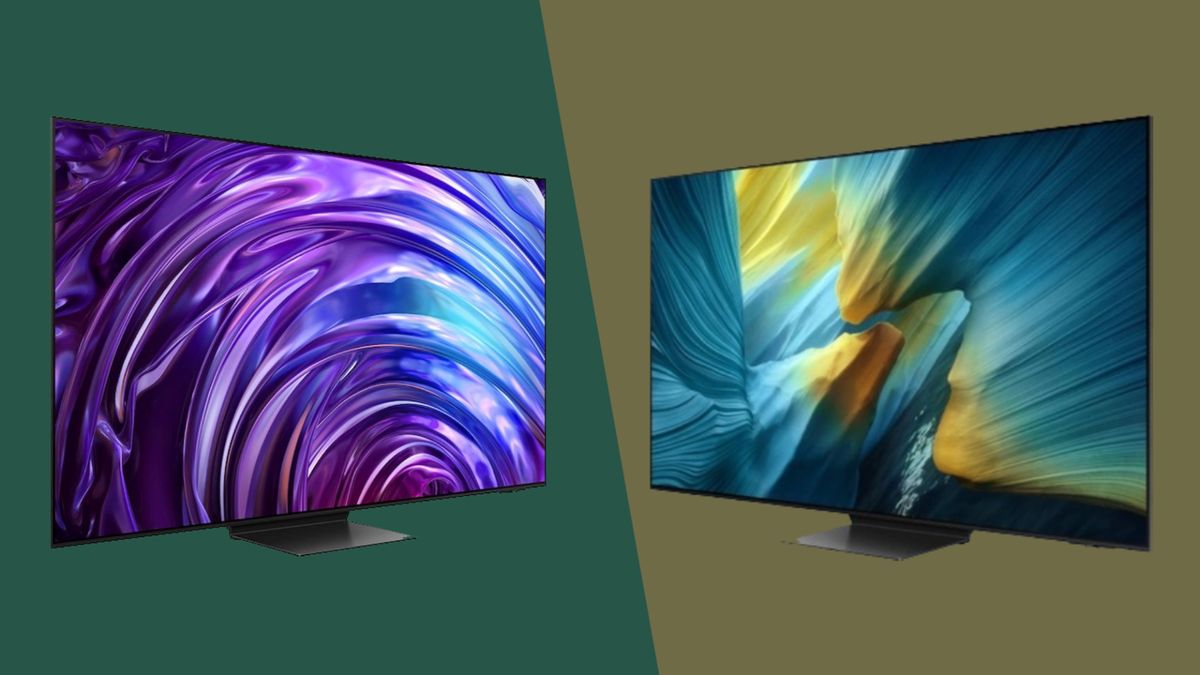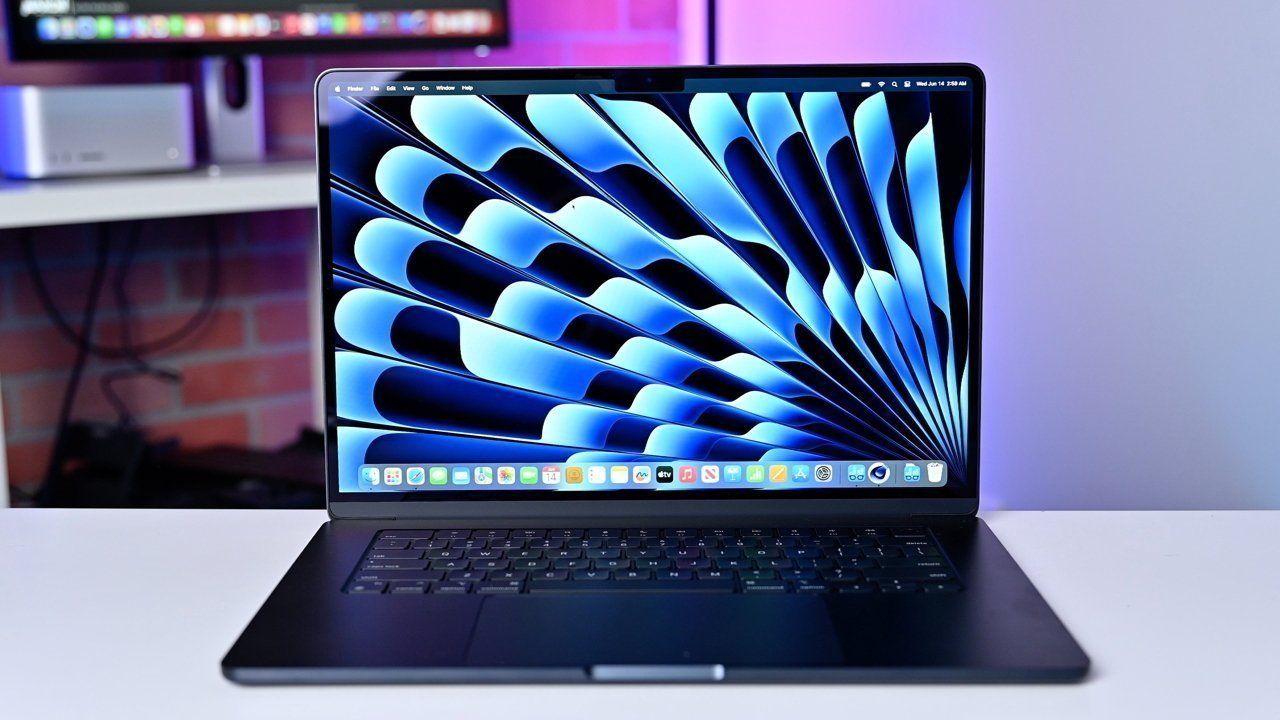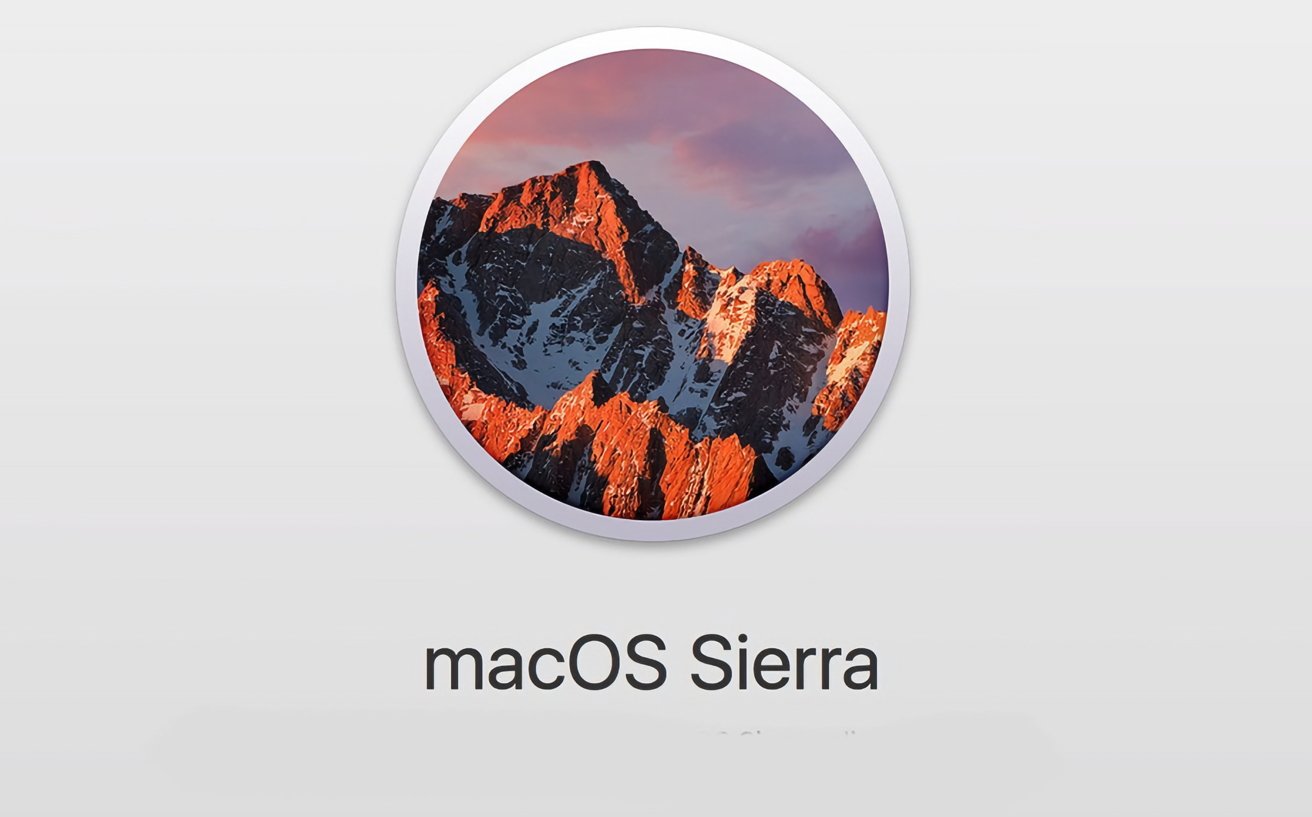How does the heir to the best OLED TV crown compare?. When you purchase through links on our site, we may earn an affiliate commission. Here’s how it works. At CES 2025, Samsung unveiled its latest flagship OLED TV, the Samsung S95F – a successor to what was widely considered the best OLED TV of 2024, the Samsung S95D. The S95D was an obvious standout thanks to its QD-OLED panel, glare-free viewing, and exceptional gaming performance, earning praise for its stunning picture quality and impressive HDR brightness.
![[Samsung S95D OLED Glare Free lifestyle hero image]](https://cdn.mos.cms.futurecdn.net/avuUtje39YTcQpRRdxa43L-320-80.jpg)
Now, with the S95F OLED, Samsung seems to have taken things even further, boosting brightness to a claimed eye-watering 4,000 nits, introducing a smoother 165Hz refresh rate, and refining its anti-glare screen tech. But does this make it a worthy upgrade, or was the S95D already close to OLED perfection?. On paper, the Samsung S95F OLED builds on everything that made its predecessor great. The new QD-OLED panel offers enhanced brightness and contrast, Samsung’s NQ4 AI-powered processor brings improved upscaling and HDR tone mapping, and gamers get a refresh rate bump from 144Hz to 165Hz for even smoother motion.
![[The Samsung S95F OLED TV]](https://cdn.mos.cms.futurecdn.net/gq7fgdhLqjxKM3yXN4gTi9-320-80.jpg)
The S95F also retains key features like Samsung’s Glare Free coating and Tizen OS smart TV platform, ensuring a familiar experience, and the S95F introduces an 83-inch variant – though unlike the 55-, 65-, and 77-inch models, this one uses a W-OLED panel instead of QD-OLED. So, does the S95F OLED meaningfully improve on the S95D, or is it an incremental upgrade that most people won’t notice? Let's take a look.
![[Samsung S95D showing image of mountains]](https://cdn.mos.cms.futurecdn.net/ydLWgcvLKSaPteAk8yucZW-320-80.jpg)
At first glance, the Samsung S95F OLED and S95D OLED look similar, but there are some key differences. Both models feature Samsung’s QD-OLED panel, but the S95F introduces an upgraded third-generation version that promises brighter highlights, richer colours, and better contrast. Sign up for breaking news, reviews, opinion, top tech deals, and more. For us, the headline upgrade is brightness. Samsung Display, a Samsung division that supplies QD-OLED panels to Samsung Electronics, claims the new panel used in the S95F can hit up to 4,000 nits of peak HDR brightness, a huge jump from the S95D’s already impressive 1,650 nits. And the boost applies across all sizes – including the new 83-inch model, though it uses a W-OLED panel instead of QD-OLED.
![[Samsung S95D and S95F OLED TVs on colored backgrounds]](https://vanilla.futurecdn.net/cyclingnews/media/img/missing-image.svg)
Alongside brightness improvements, the S95F also brings an enhanced Glare Free coating, designed to improve black depth and maintain better visibility in bright rooms compared to the S95D’s first-generation anti-glare tech. In terms of design and build, the S95F retains Samsung’s ultra-slim profile and premium aesthetic, with only minor refinements. Like the S95D, it features razor-thin bezels, a minimalist stand, and an overall sleek appearance.
Samsung continues to include the One Connect Box, a separate hub that houses HDMI 2.1 ports, power management, and other connectivity options, allowing for a cleaner cable setup. The S95F doesn’t introduce any major durability upgrades, but its panel refinements could lead to better long-term brightness performance. One of the biggest talking points of the S95F OLED is its gaming performance. Samsung has pushed the refresh rate from 144Hz on the S95D to 165Hz, making it one of the fastest OLED TVs available. This refresh rate increase benefits PC gamers with high-end GPUs, offering smoother motion clarity and reduced screen tearing.
While the S95F makes small but meaningful refinements over the S95D, the biggest takeaway is its combination of extreme brightness and improved gaming capabilities. The boost to 4,000 nits of peak HDR brightness and the 165Hz refresh rate set it apart from its predecessor. Samsung’s QD-OLED tech has been a game-changer for OLED TVs, and the S95F OLED pushes it even further, as befits its top-end OLED TV.
The biggest improvement is in brightness, with Samsung claiming the S95F can hit a peak HDR brightness of 4,000 nits, significantly higher than the 1,868 nits we measured on the S95D, making the S95F the brightest OLED TV yet. The QD-OLED panel’s colour accuracy and uniformity have also been enhanced, thanks to Samsung’s NQ4 processor, which refines real-time tone mapping and upscaling, and the next-gen Glare Free coating should further improve visibility in bright environments by reducing reflections while maintaining deep blacks. The S95F will also have a new AI Gamma feature that helps improve shadow detail rendition when viewing in brighter rooms.
For gamers, the S95F OLED adds a 165Hz refresh rate, up from 144Hz on the S95D. Like its predecessor, the S95F supports Variable Refresh Rate (VRR), Auto Low Latency Mode (ALLM), and AMD FreeSync Premium Pro, ensuring stutter-free and lag-free gameplay on consoles like the PS5 and Xbox Series X. On the smart TV side, both the S95F and S95D run Samsung’s Tizen OS, but the S95F benefits from a faster, AI-powered interface. Samsung has introduced improved AI-driven recommendations, enhanced multi-tasking for apps, and a more responsive UI.































